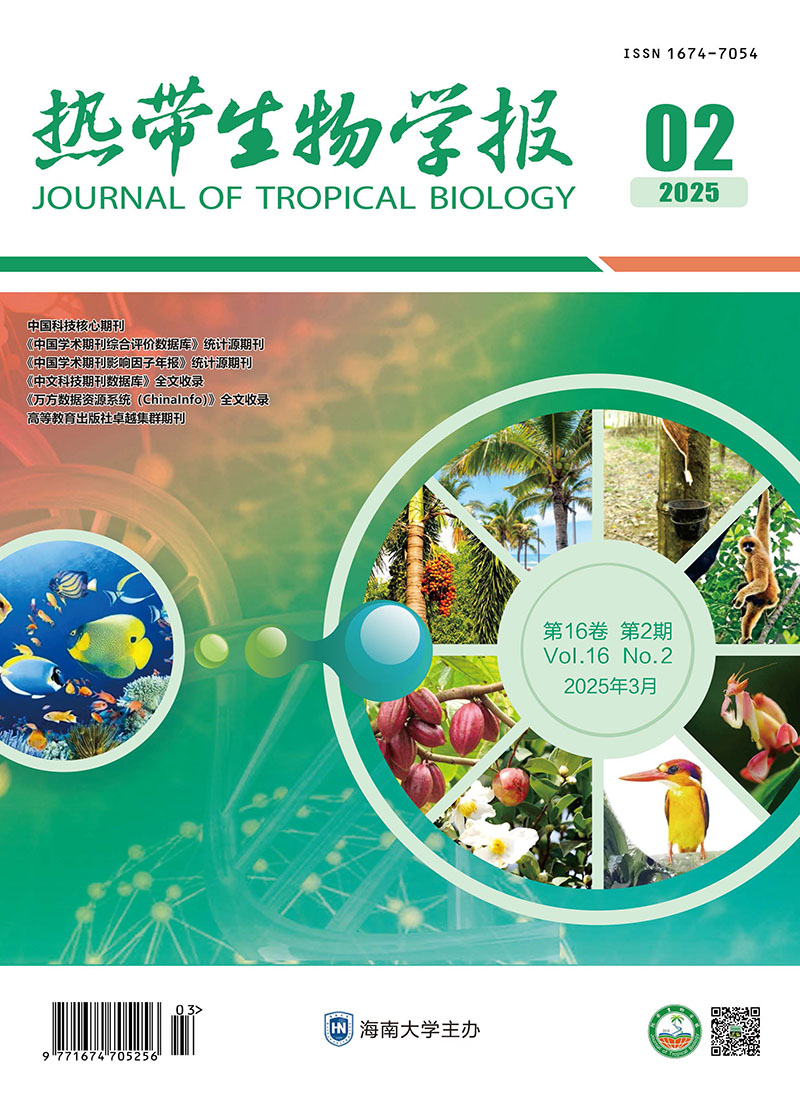|
[1]
|
SPARKS ALTON-N. A review of the biology of the Fall Armyworm[J]. Walter de Gruyter GmbH, 1979, 62(2):82. |
|
[2]
|
杨普云,朱晓明,郭井菲,等.我国草地贪夜蛾的防控对策与建议[J]. 植物保护, 2019, 45(4):1-6. |
|
[3]
|
梁沛,谷少华,张雷,等.我国草地贪夜蛾的生物学、生态学和防治研究概况与展望[J]. 昆虫学报, 2020, 63(5):624-638. |
|
[4]
|
林玉英,金涛,马光昌,等. 15种杀虫剂对草地贪夜蛾卵的毒力测定[J]. 植物保护, 2020, 46(1):82-86. |
|
[5]
|
BRIAN A NAULT, ALAN G TAYLOR, MICHAEL URWILER, et al. Neonicotinoid seed treatments for managing potato leafhopper infestations in snap bean[J]. Elsevier Bv, 2004, 23(2):147-154. |
|
[6]
|
吴嫦娟,熊腾飞,尹艳琼,等.玉米种子丸粒化包衣处理对草地贪夜蛾的防治效果[J]. 环境昆虫学报, 2020,42(6):1314-1321. |
|
[7]
|
冯磊.种衣剂和生物杀虫剂对草地贪夜蛾的防治研究[D]. 贵阳:贵州大学, 2022. |
|
[8]
|
GUO LEI, WANG YI, ZHOU XUGUO, et al. Functional analysis of a point mutation in the ryanodine receptor of Plutella xylostella(L.)associated with resistance to chlorantraniliprole[J]. Pest Management Science, 2014,70(7):1083-1089. |
|
[9]
|
徐尚成,蒋木庚.溴虫腈的研究与开发进展[J]. 农药,2003, 4(2):5-8. |
|
[10]
|
杜勇.玉米种子包膜调控出苗技术研究[D]. 泰安:山东农业大学, 2016. |
|
[11]
|
张维理,徐爱国,张认连,等.土壤分类研究回顾与中国土壤分类系统的修编[J]. 中国农业科学, 2014,47(16):3214-3230. |
|
[12]
|
陈小敏,李伟光,陈汇林,等.海南岛橡胶割胶气候适宜度评价指标的建立及应用--以儋州市为例[J]. 江苏农业科学, 2019, 47(15):278-281. |
|
[13]
|
ZHANG L, GREENBERG SM, ZHANG Y, et al. Effectiveness of thiamethoxam and imidacloprid seed treatments against Bemisia tabaci(Hemiptera:Aleyrodidae)on cotton[J], Pest Management Science, 2011, 67(2):226-232. |
|
[14]
|
NAULT BA, TAYLOR AG, URWILER M, et al. Neonicotinoid seed treatments for managing potato leafhopper infestations in snap bean[J], Crop Protection, 2003, 23(2):147-154. |
|
[15]
|
EWA, MATYJASZCZY. Comparison between Seed and Foliar Treatment as a Tool in Integrated Pest Management[J], Journal of Agricultural and Food Chemistry,2017, 65(30):6081-6086. |
|
[16]
|
ROCHA I, YING M, SOUZA-ALONSO P, et al. Seed Coating:A tool for delivering beneficial microbes to agricultural crops[J], Frontiers in Plant Science, 2019,10:101357. |
|
[17]
|
THOMAS P SELBY, GEORGE P LAHM, THOMAS M STEVENSON. A retrospective look at anthranilic diamide insecticides:discovery and lead optimization to chlorantraniliprole and cyantraniliprole[J]. Wiley, 2016,73(4):658-665. |
|
[18]
|
王雪,卢宝慧,杨丽娜,等.我国玉米种衣剂应用现状与发展趋势[J]. 玉米科学, 2021, 29(3):63-69. |
|
[19]
|
QIU JUN, WANG RENMIN, YAN JIZHI, et al. Seed film coating with uniconazole improves rape seedling growth in relation to physiological changes under waterlogging stress[J]. Plant Growth Regulation,2005, 47(1):75-81. |
|
[20]
|
GESCH RW, ARCHER DW. Influence of sowing date on emergence characteristics of maize seed coated with a temperature-activated polymer[J]. Agronomy Journal,2005, 97(6):1543-1550. |
|
[21]
|
伍灿.虫螨腈环境安全性评价[D]. 长沙:湖南农业大学, 2016. |






 DownLoad:
DownLoad: